I recently shared pictures from my trip to San Juan that I had taken with the iPhone 13 Pro. On that trip, I also brought my Nikon F3 with a few rolls of film, and the Nikkor 50mm f/1.4 AI. For those uninitiated, the F3 is a legendary Nikon SLR that was produced from the early 80s, through to 2001, making it the longest running professional grade Nikon camera ever made - and for good reason.
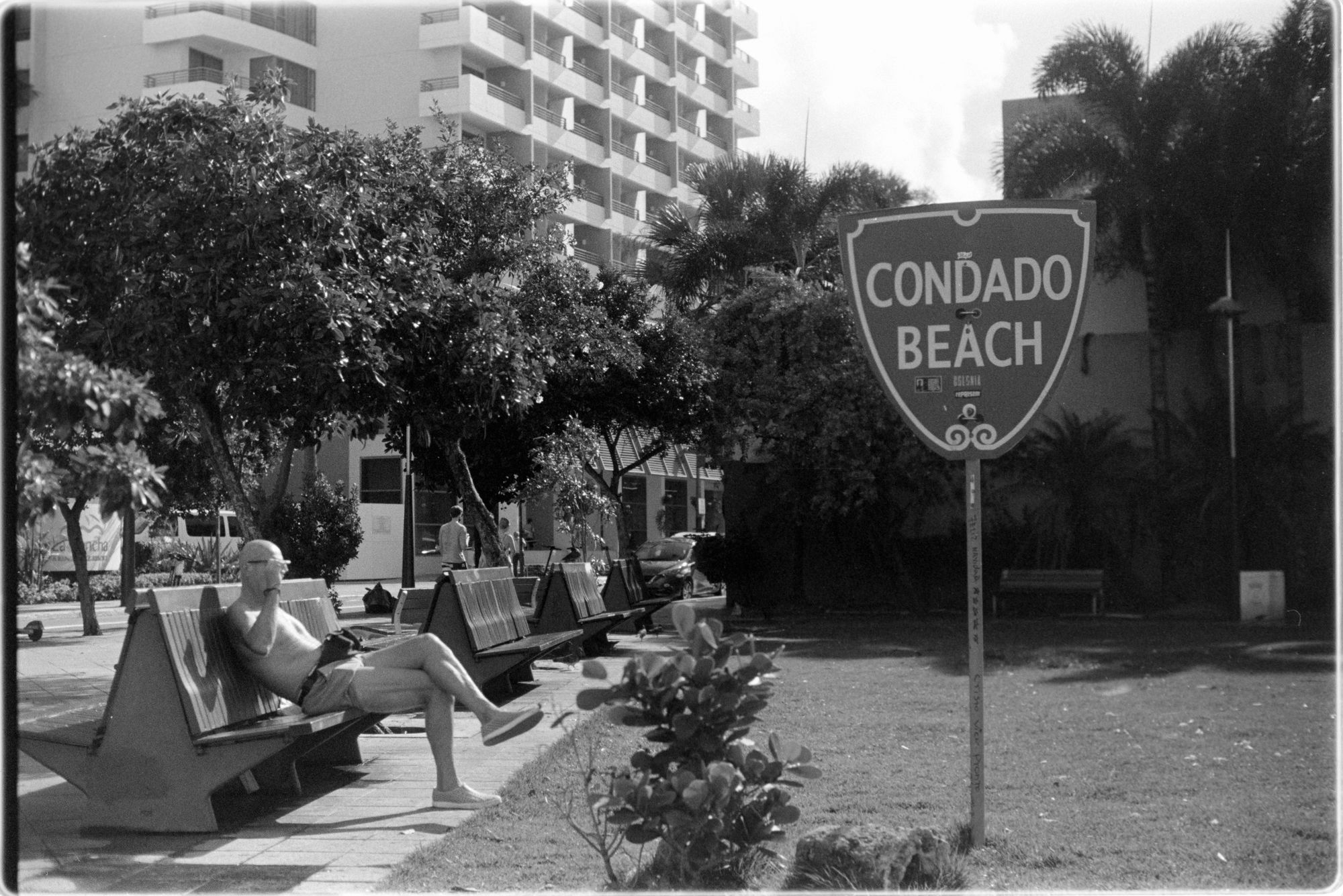
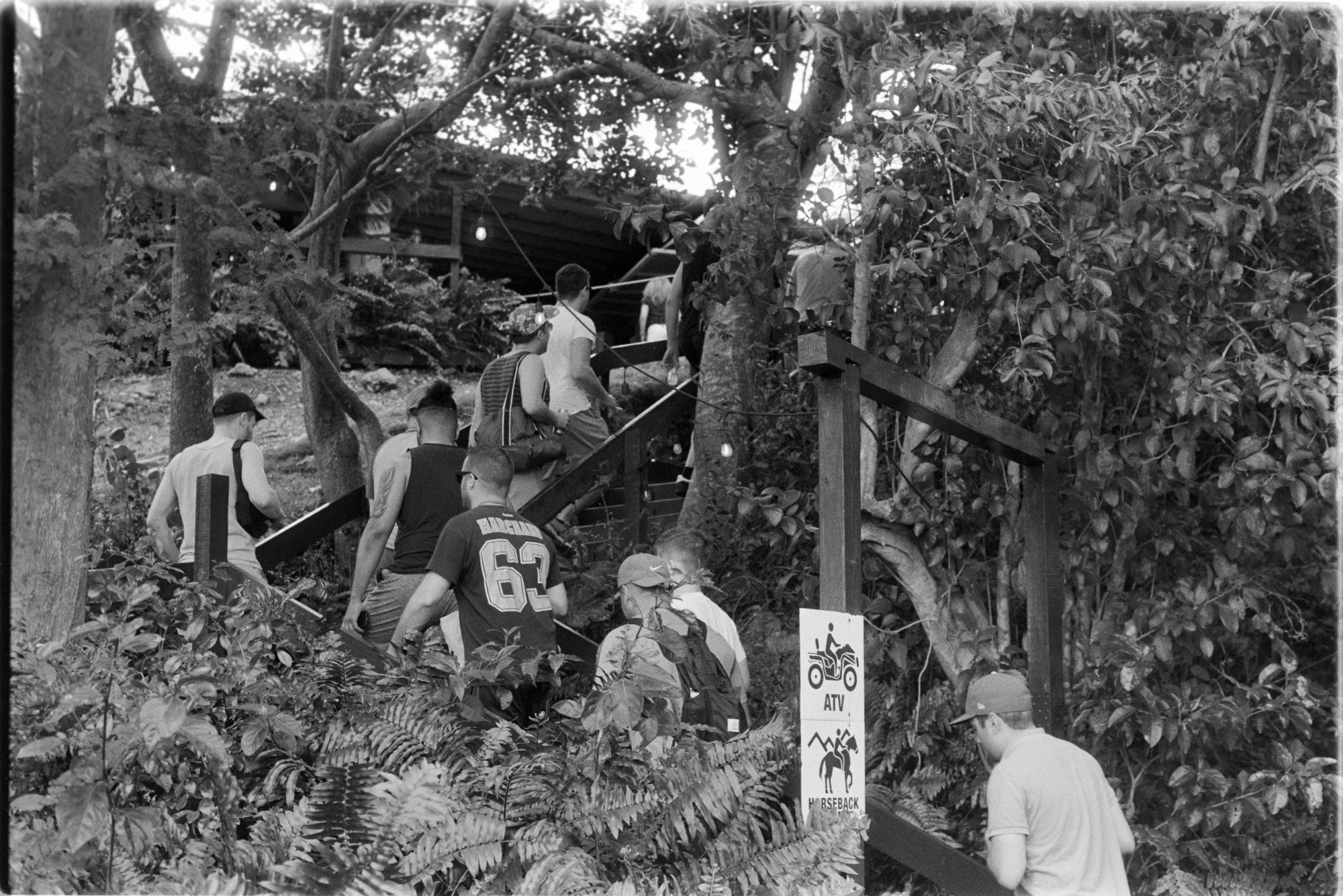
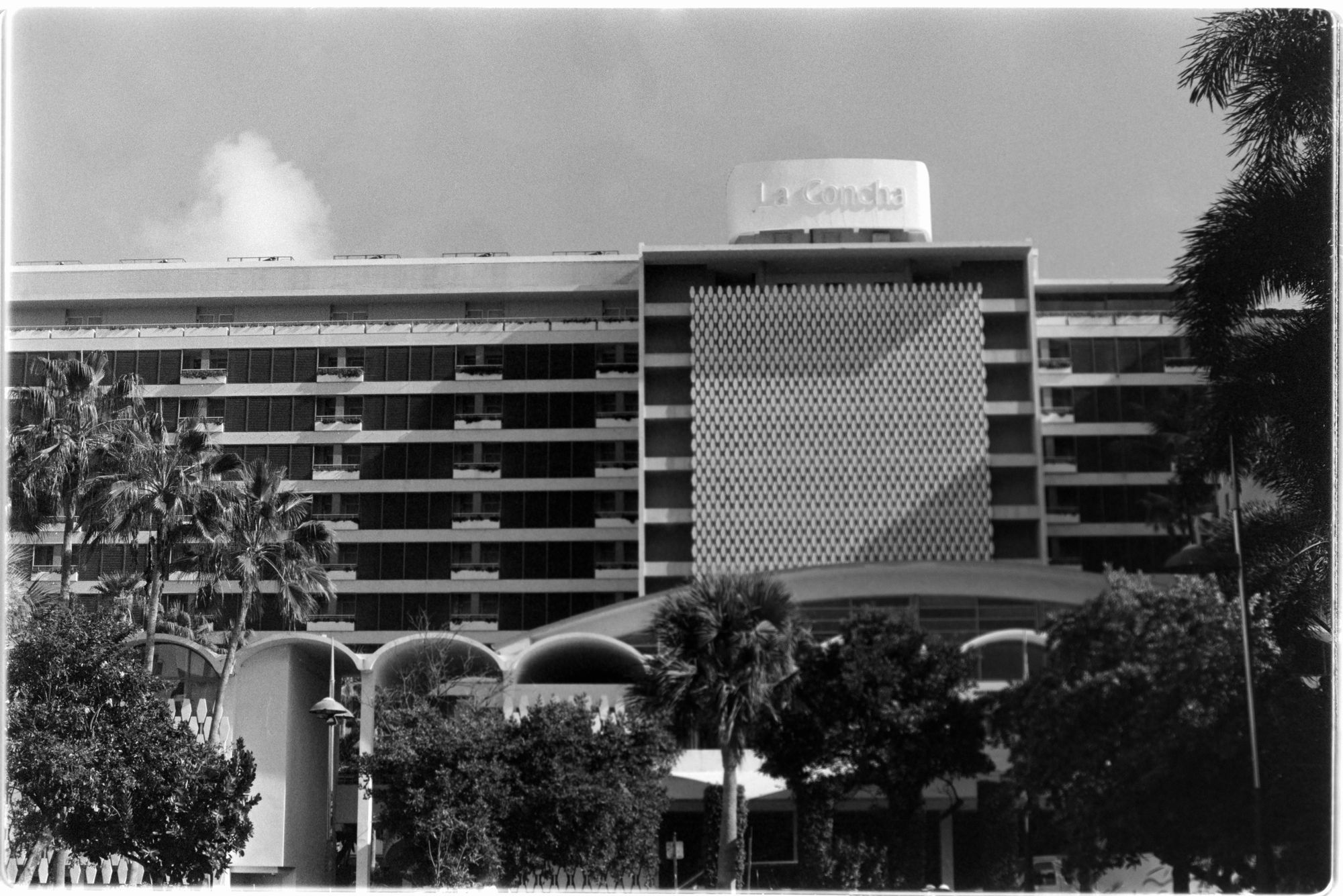
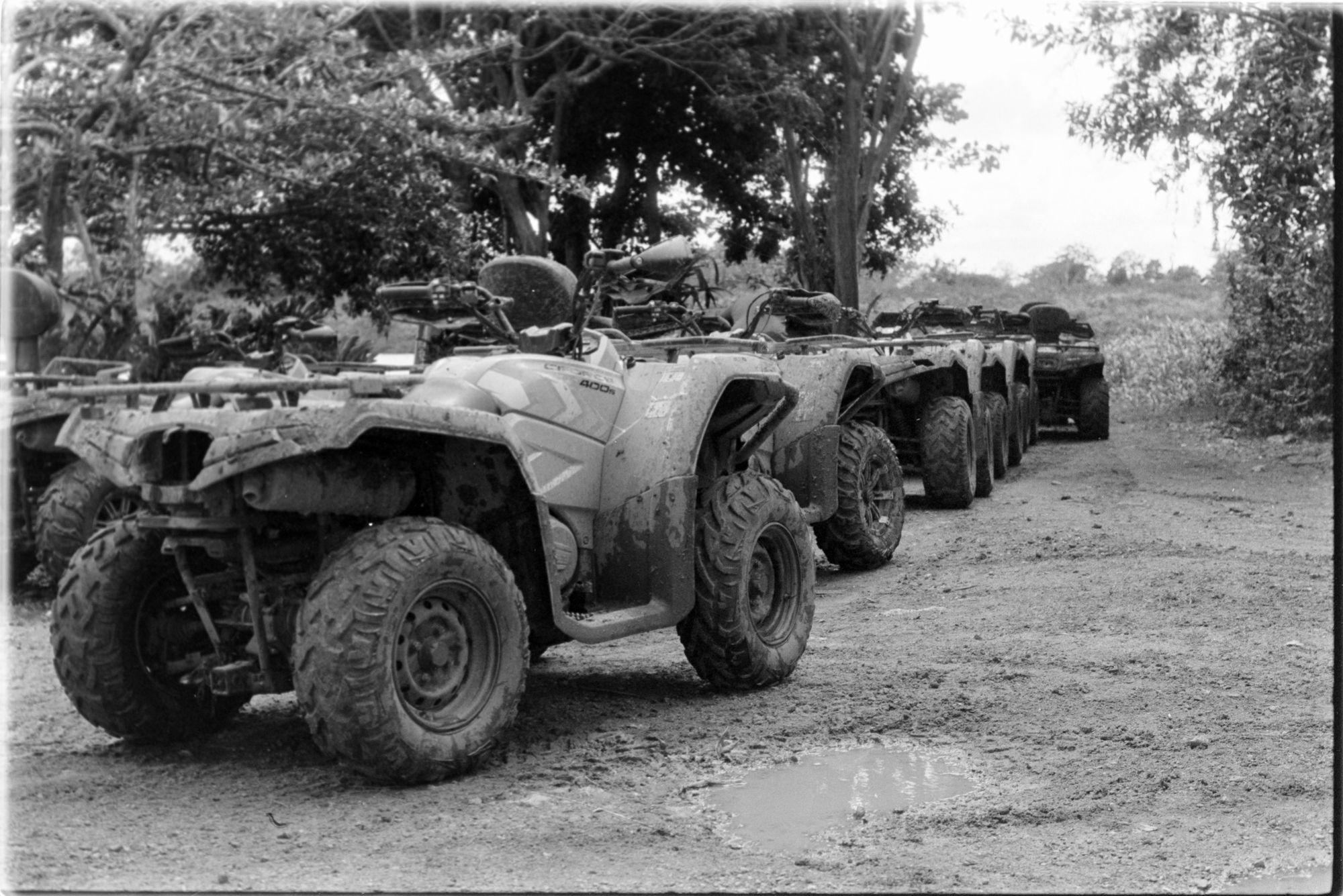
The F3 is a lightweight, rugged camera, perfect for slinging over your shoulder and walking around with all day. It has an all metal construction and is weather resistant. I can confirm that I tested this weather resistance, rather extensively, in Puerto Rico. The camera was hanging from my shoulder all day, getting hit by the very windy and salty island air, and being covered in mud while four wheeling. As you can see from the beach and ATV pictures here, the camera held up just fine.
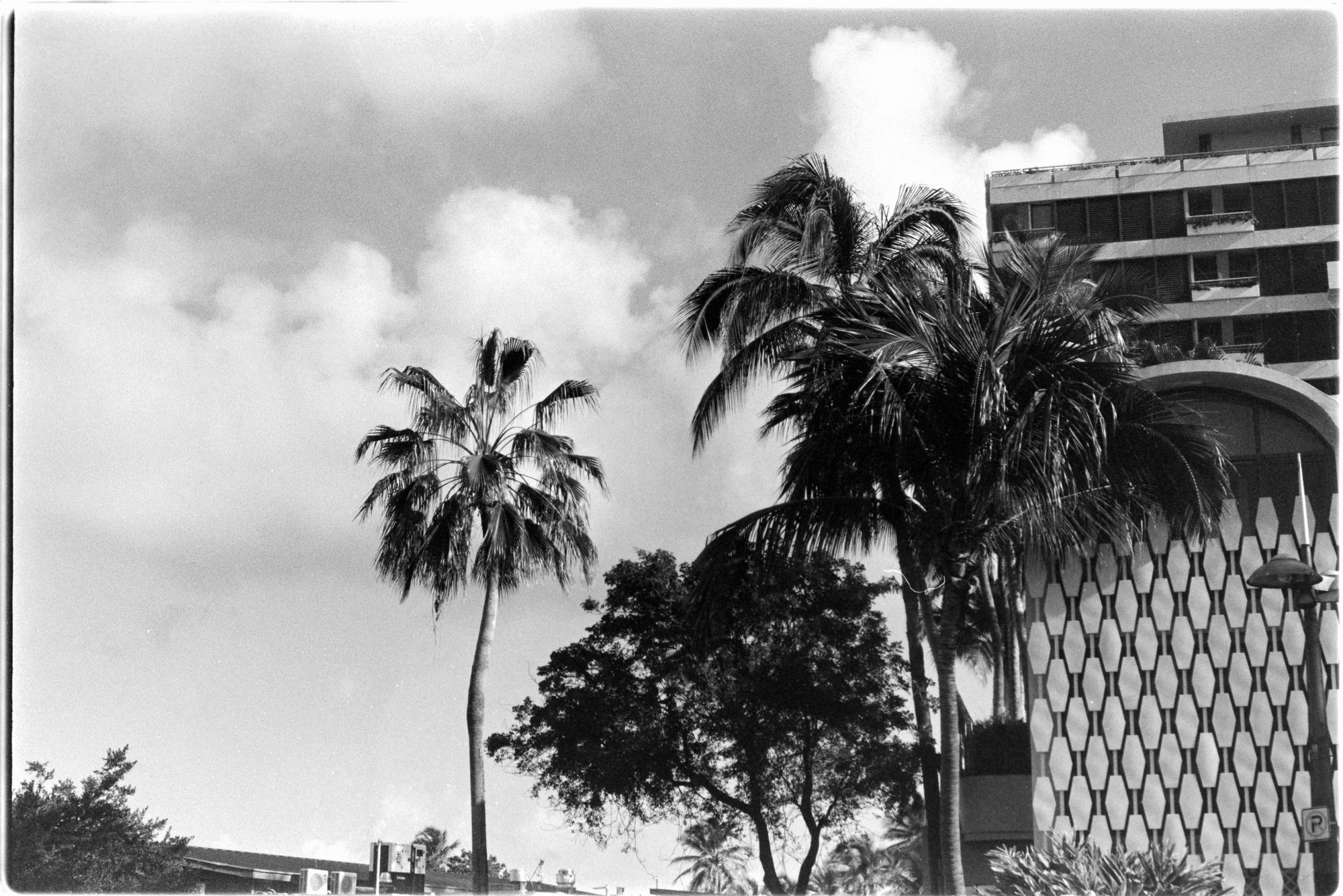
The F3 can be operated as an all mechanical camera, without battery, though it also introduced some cutting edge circuitry for its time. The F3 has accurate exposure metering (center weighted), and is the 1st Nikon camera to feature an Aperture Priority mode that can be used for shooting in fast changing lighting conditions. Aperture Priority is also handy in street photography, as you can focus on capturing fleeting moments, rather than worrying about fiddling with the exposure dials.
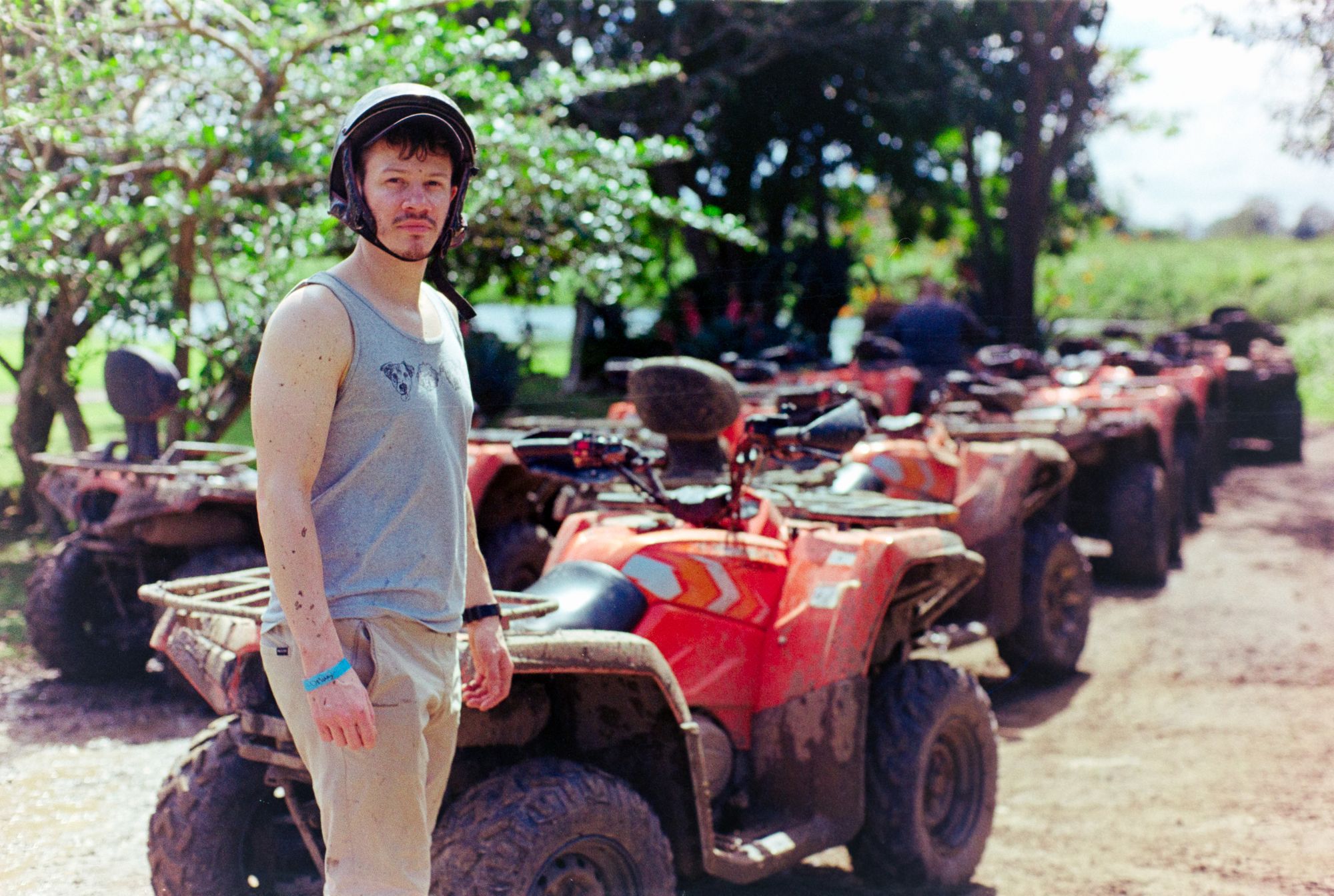
The camera also has one of the most satisfying film advance levers of all time. There's something that really connects you to the photography experience by having to advance the film yourself after taking the shot, and feeling the mechanism pull the next round of film into the correct position. It's an absolute joy of a camera to use, in general, and excellent as a travel option.
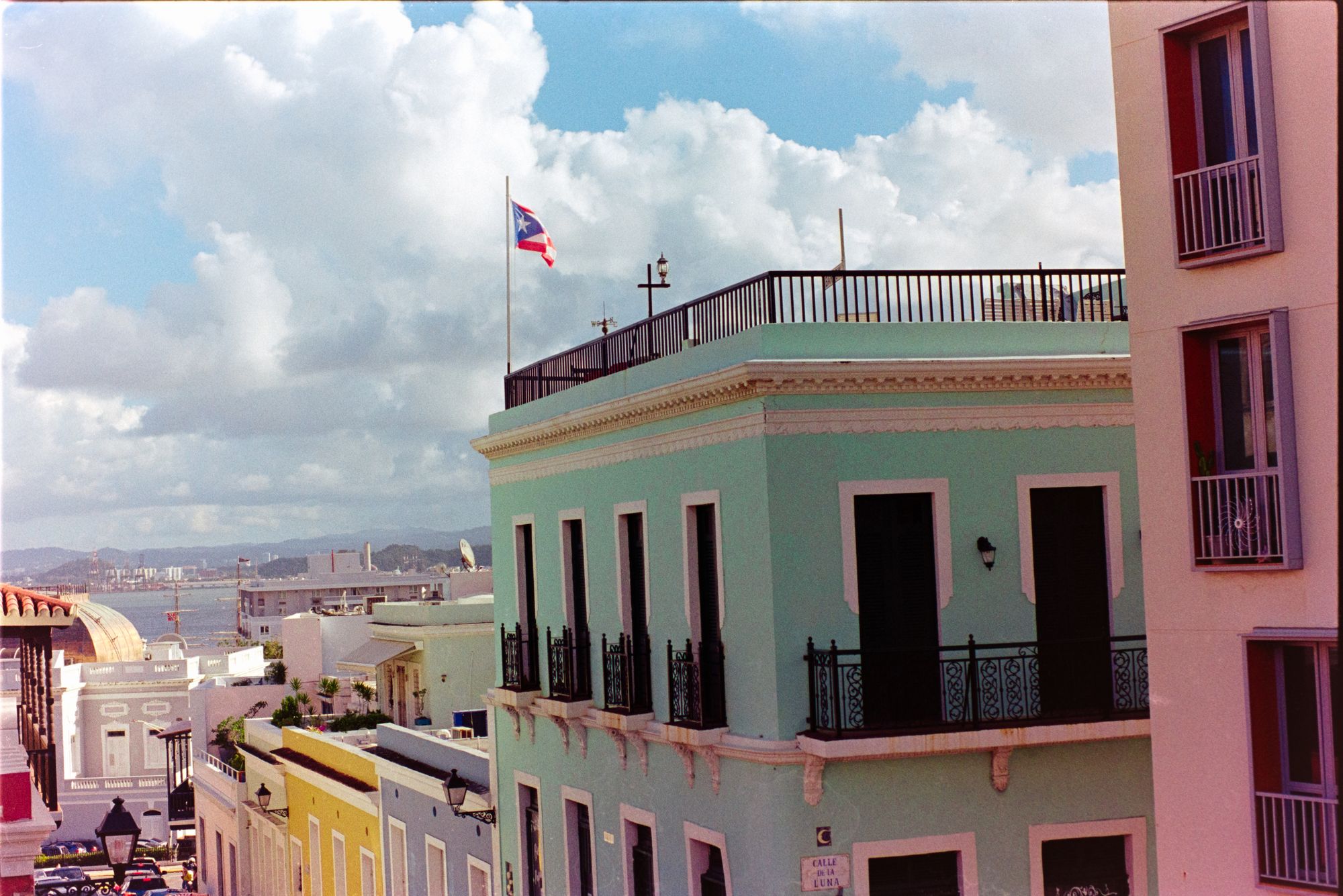
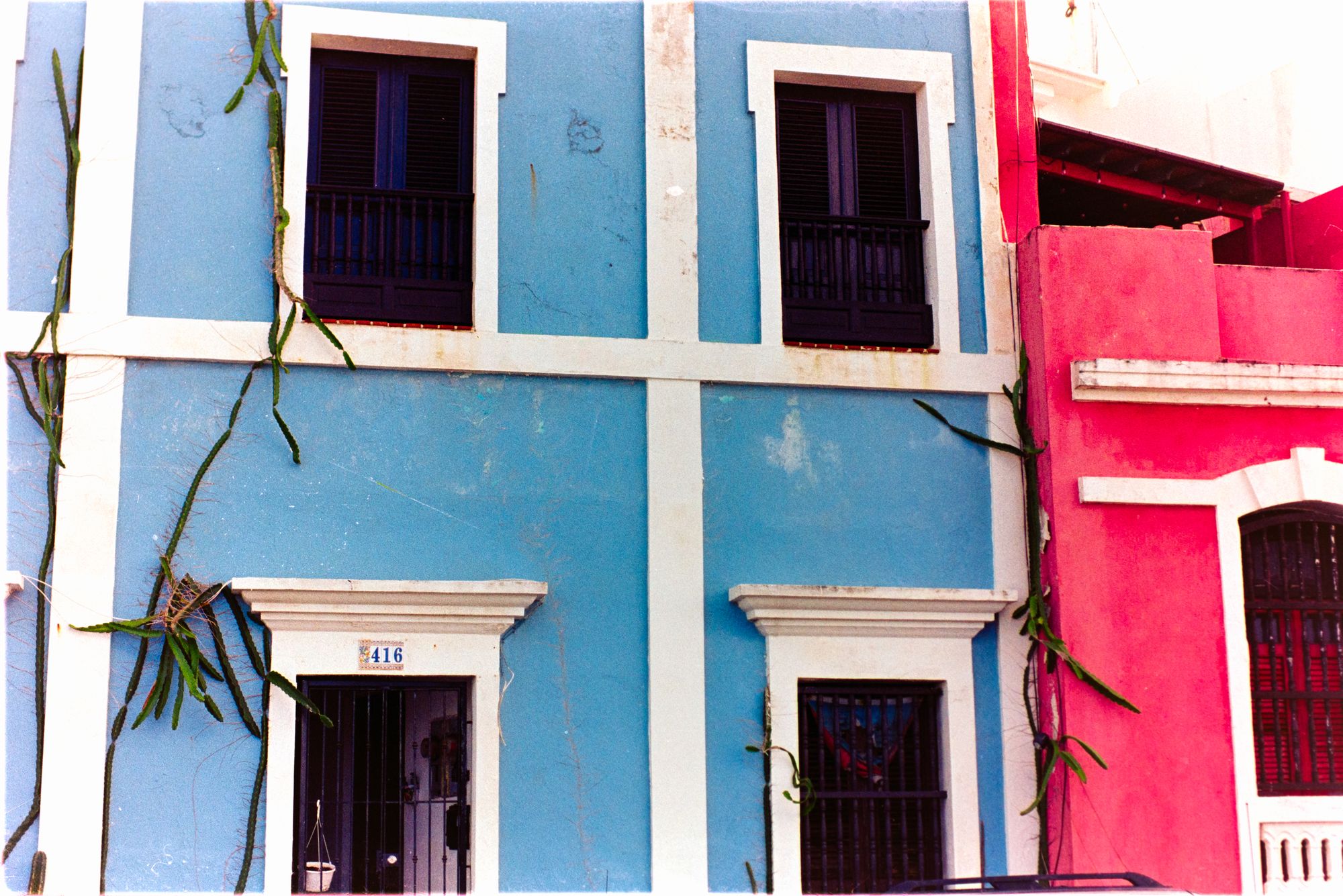
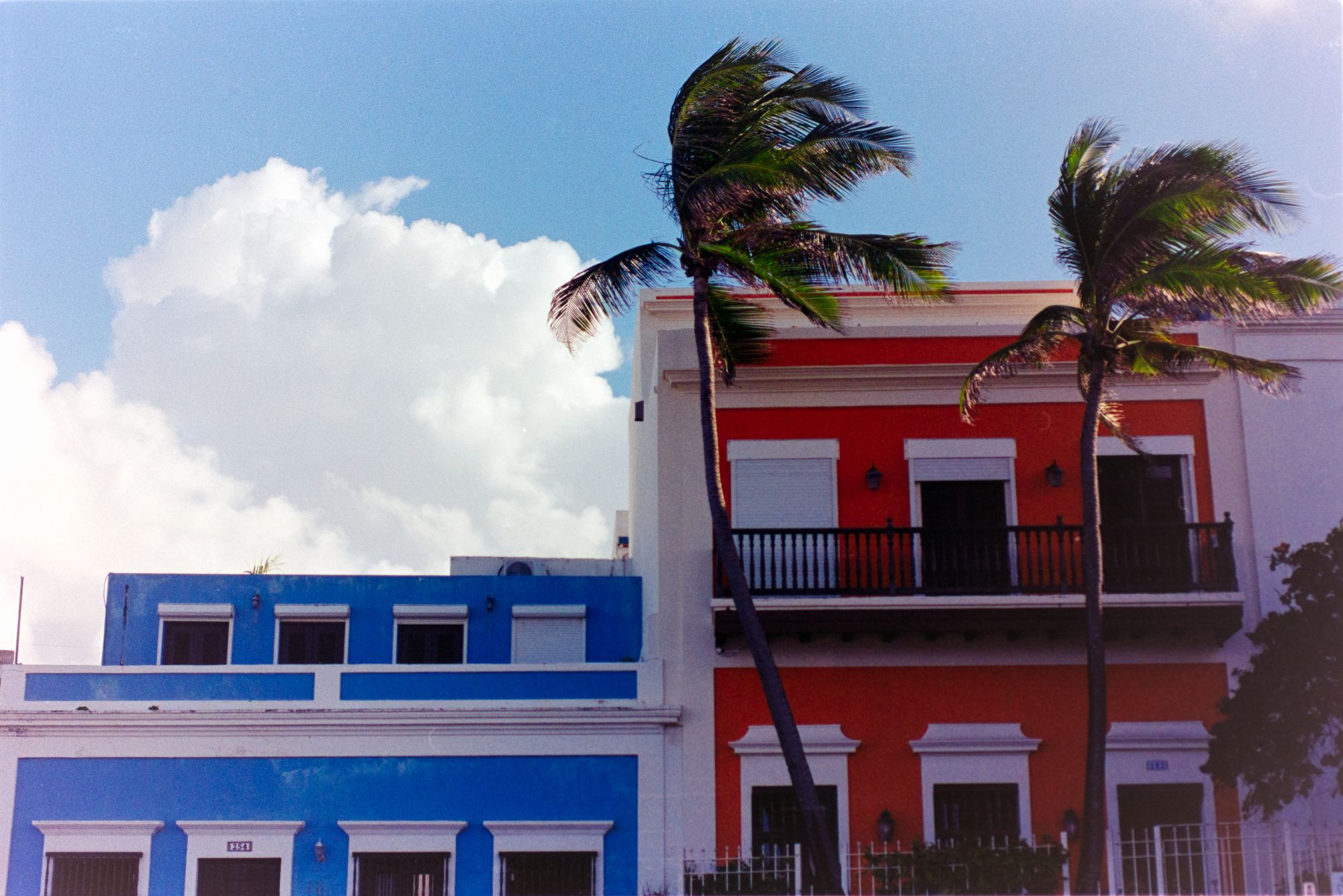
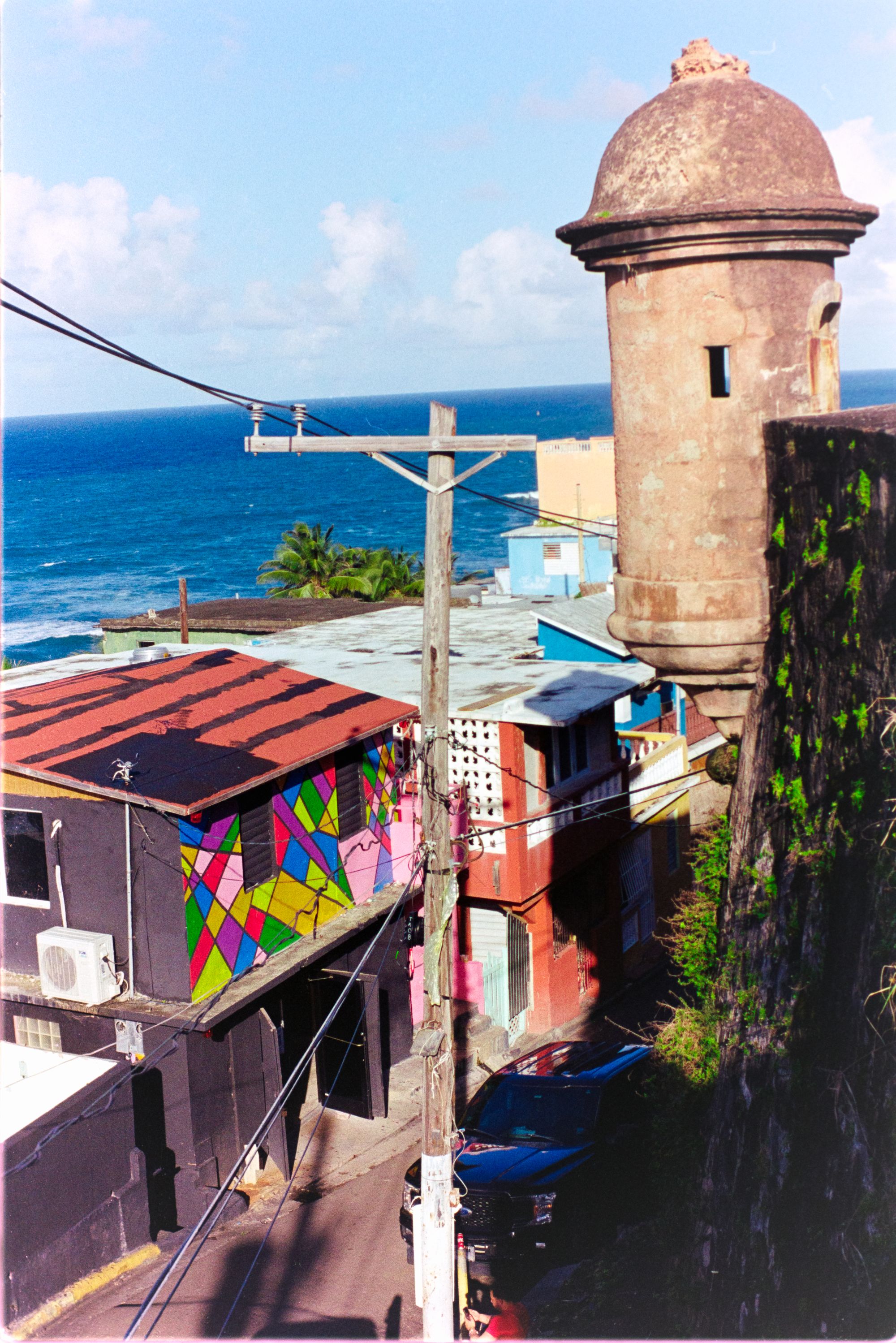
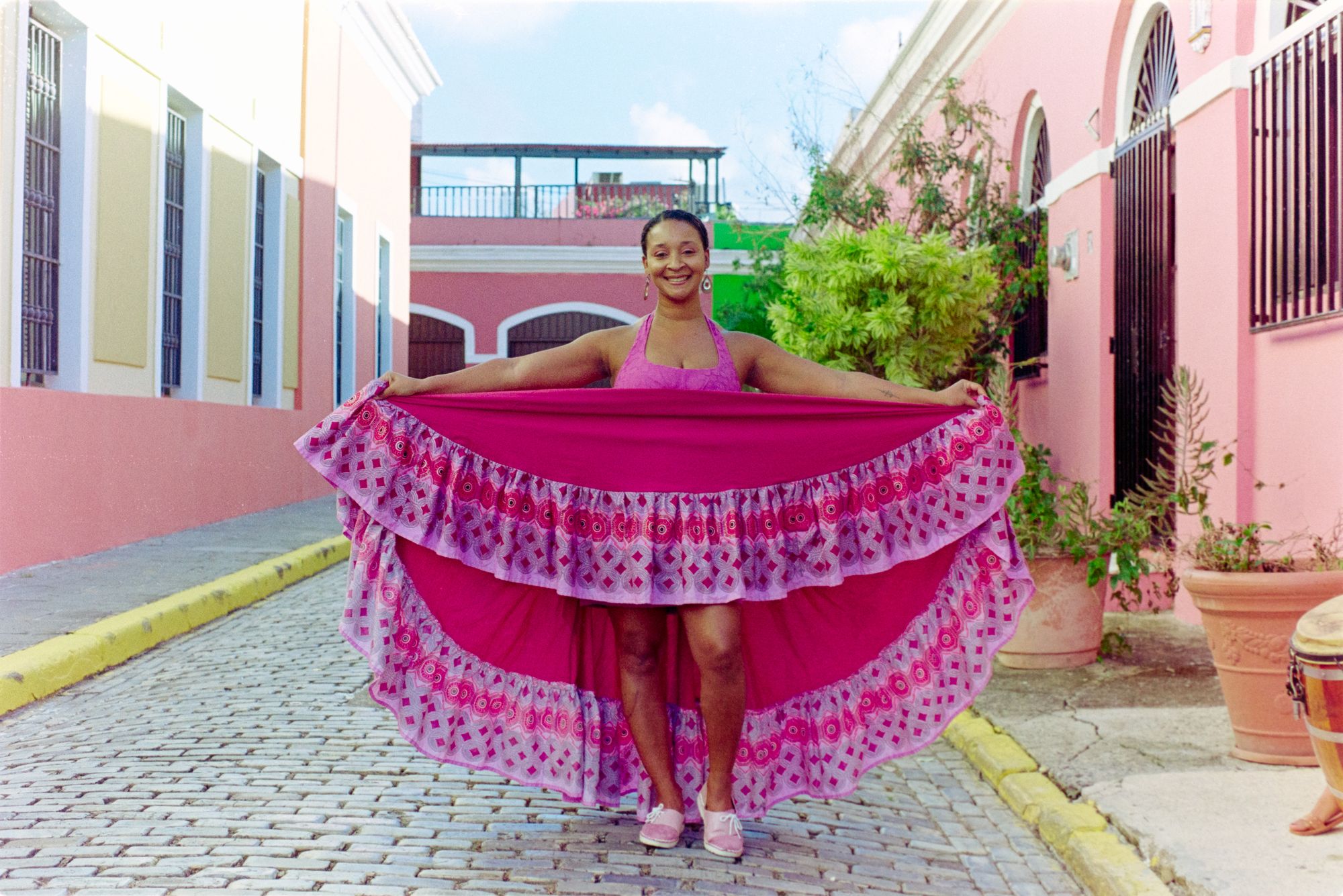
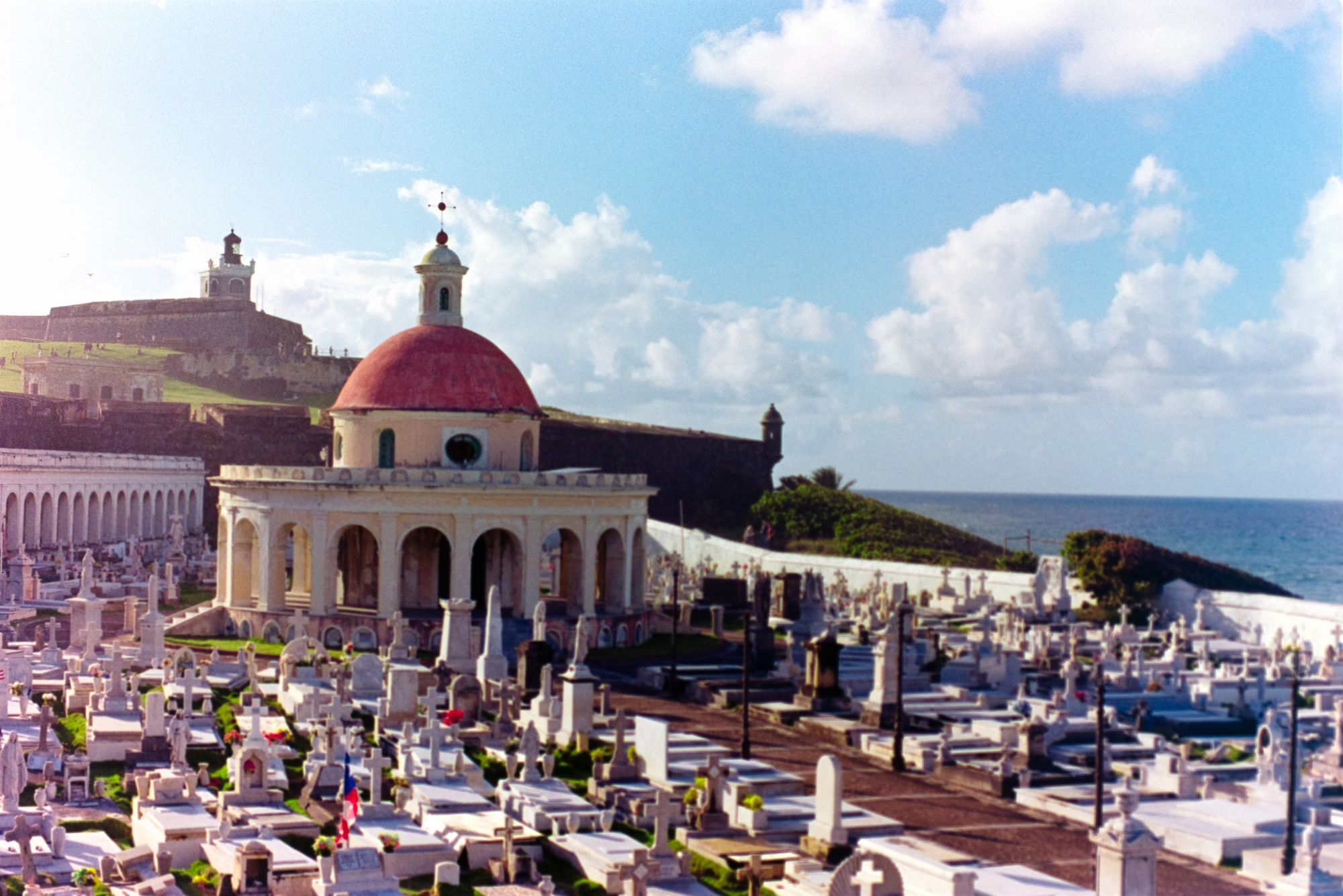
Regarding my film choices for the trip, you can see that I started out with a B&W roll, shooting New Classic EZ400. The film is self-described by the manufacturer as having "Grain, contrast, and character", and as advertised, the images are punchy with an aesthetically pleasing grain that lends that certain photographic "je ne sais quoi". The film is perfect for street photography, and I honestly liked the way it rendered the Caribbean setting of Puerto Rican beaches and downtown area of Condado as well.
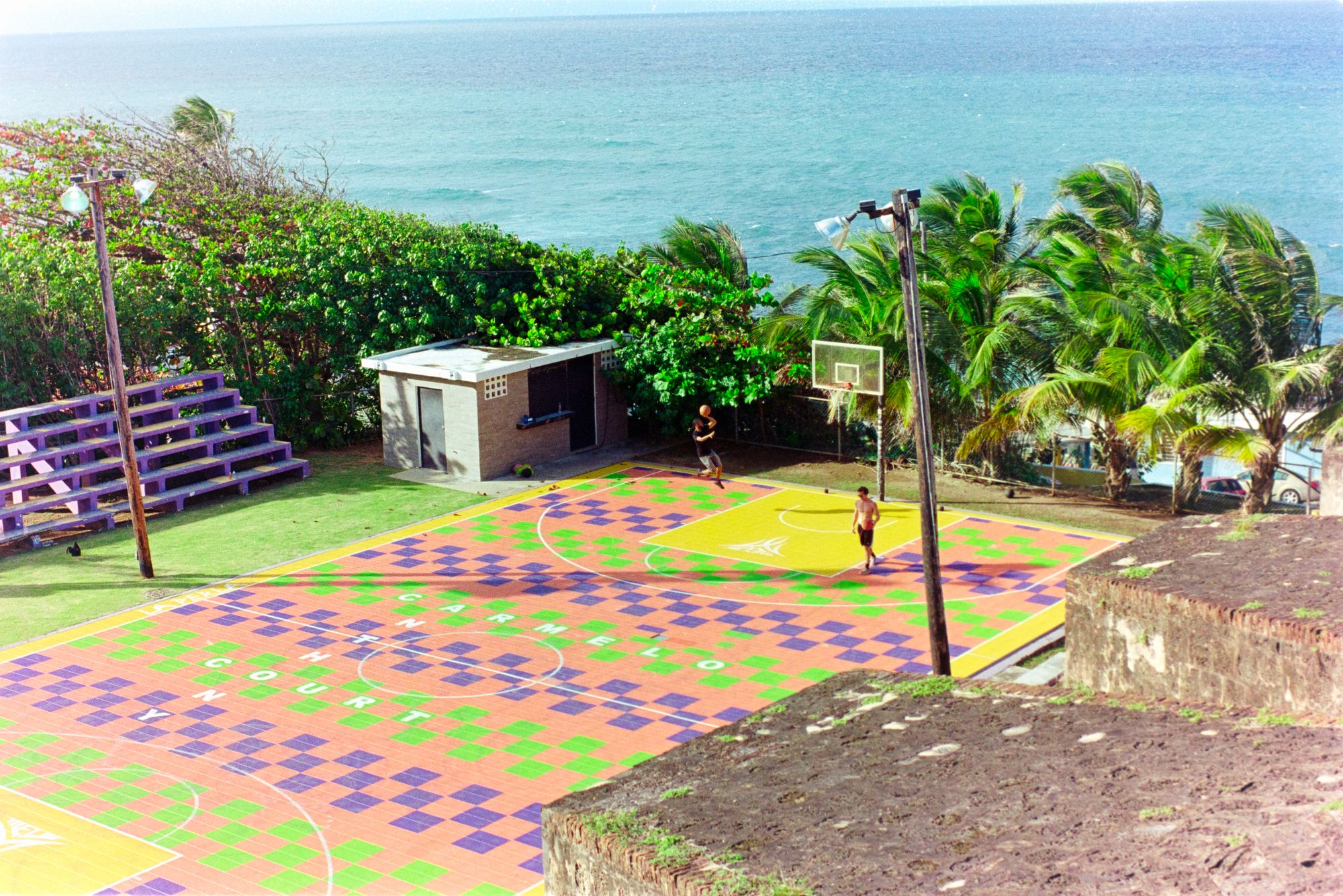
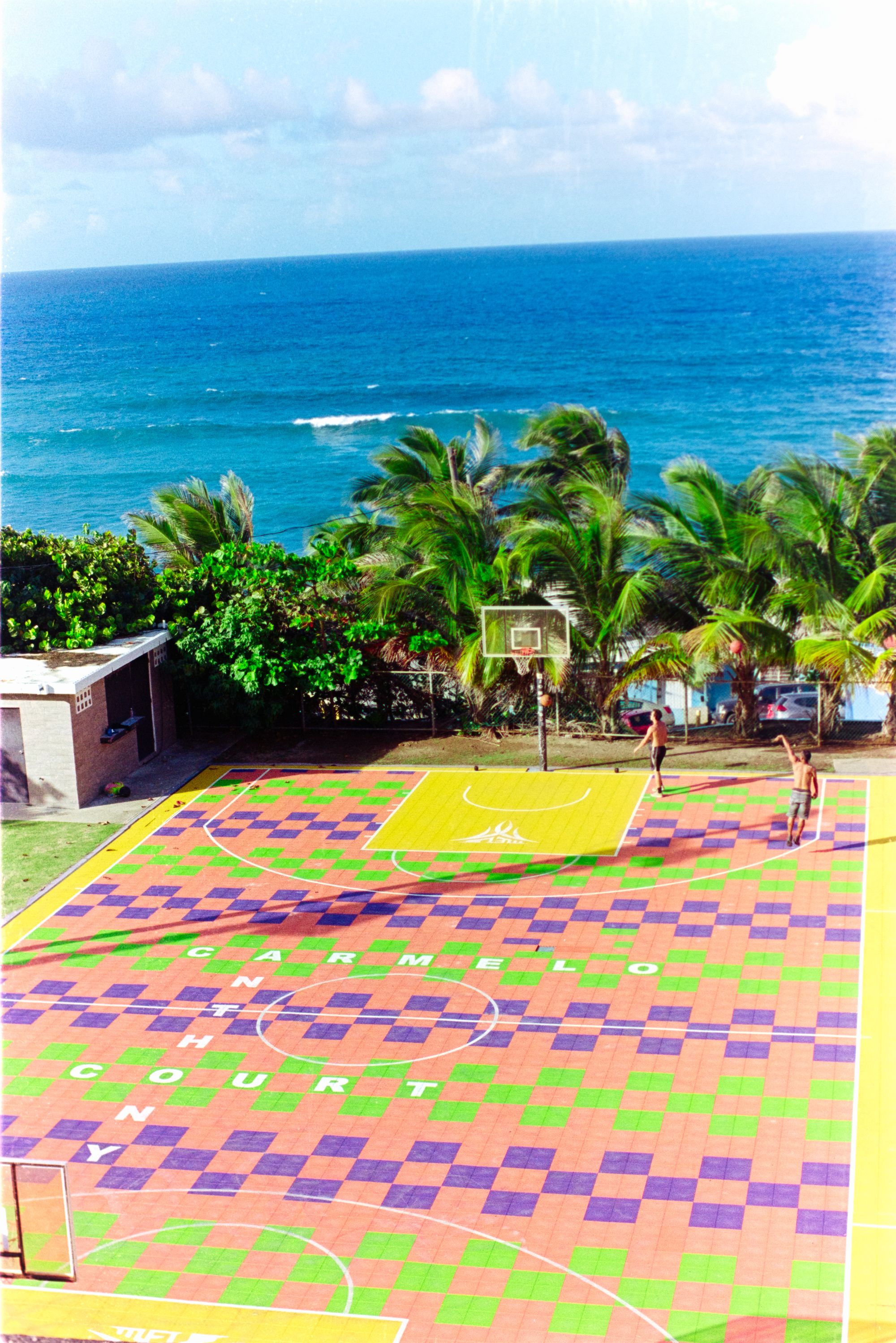
When my roll of EZ400 was spent, I shifted to color with Fuji 200. For those that are familiar with the older variant, Fuji 200 is effectively a rebranded version of the classic Fujifilm C200. I was looking forward to capturing the vibrant colors of the structures in Old San Juan, along with some beach pictures from the areas we were visiting surrounding Condado.
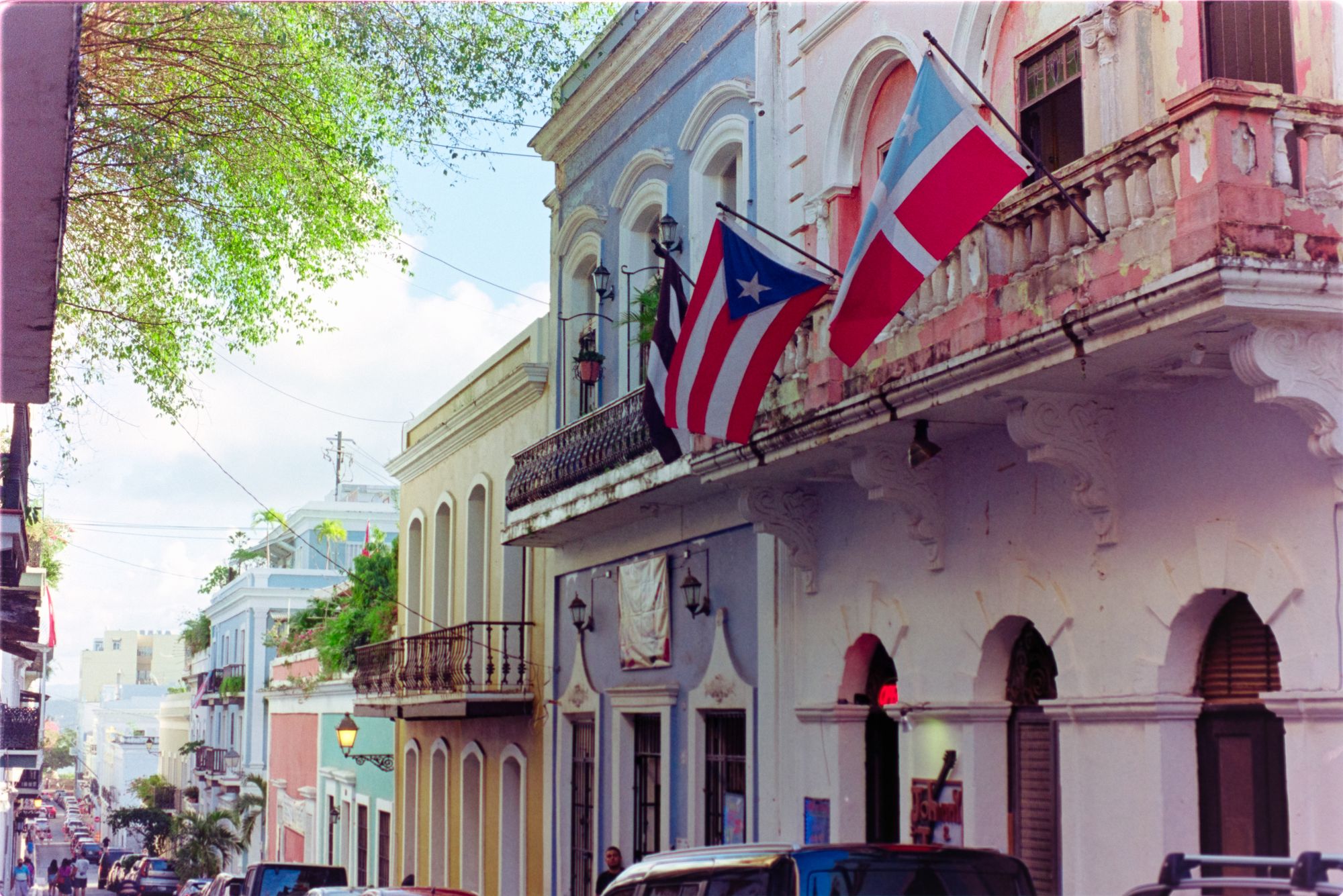
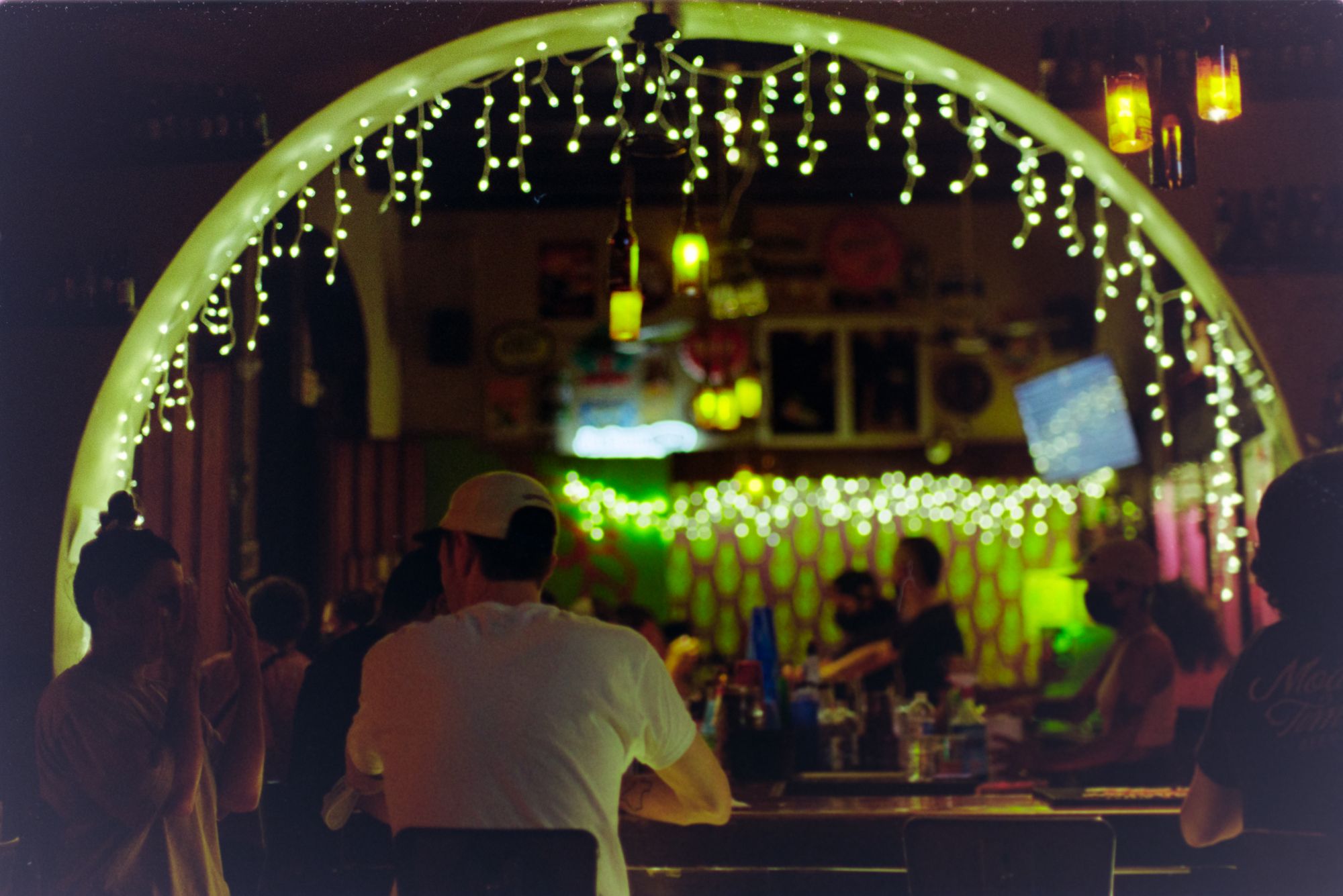
Out of all of the color rolls that I shot in Puerto Rico, Fuji 200 was probably my favorite. That's not to say that I wasn't also happy with the Kodak and Cinestill rolls that I brought, but the Fuji rendering of color was most pleasing to my eye. As advertised on the Fujifilm website, the following bullet point was valid in my opinion:
Great vividness across the entire spectrum, including vibrant reds, blues and yellows
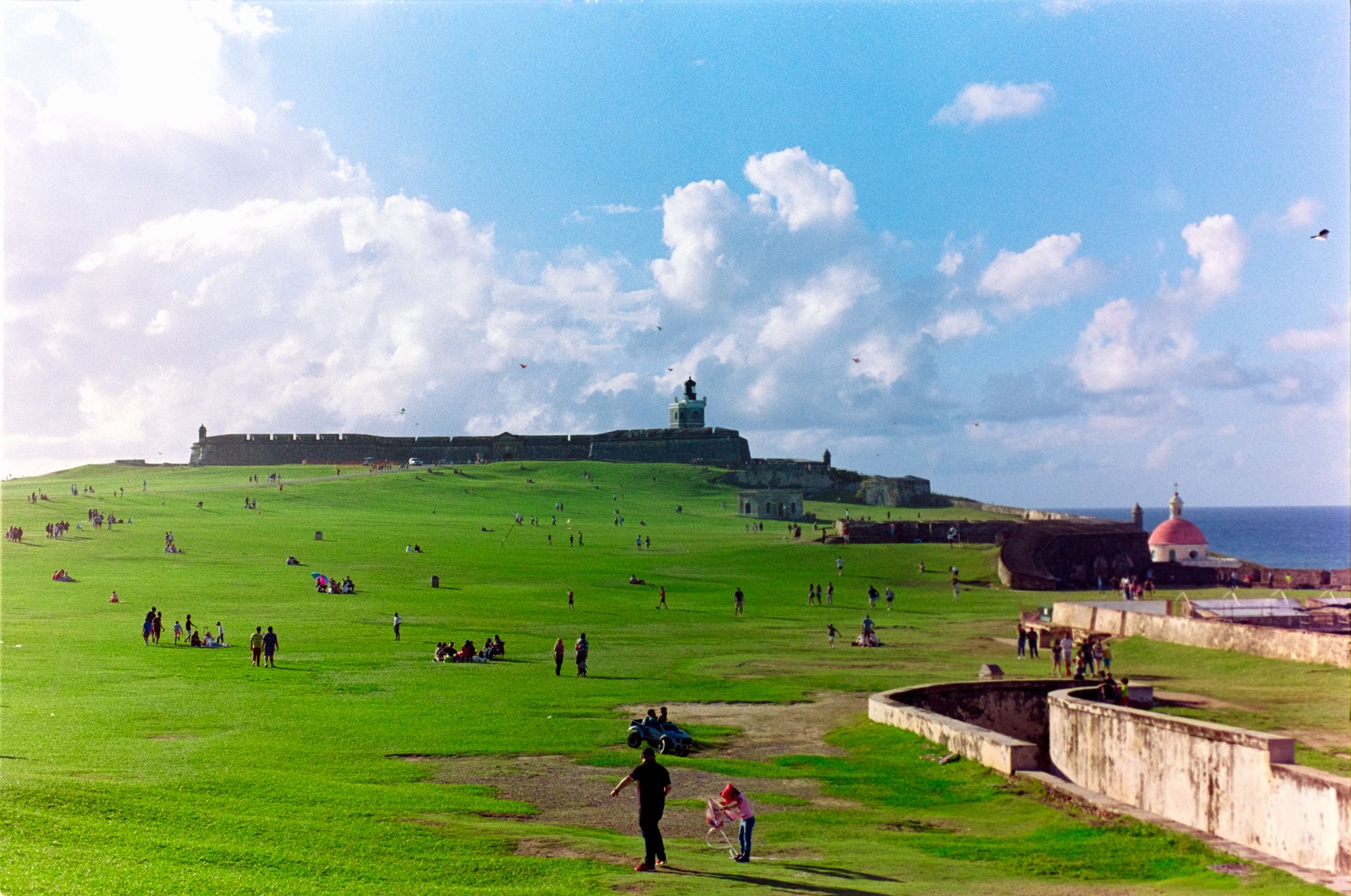
Comparing this photo of the Castillo San Felipe Del Morro in Old San Juan to the one that I snapped on my iPhone 13 Pro, the film version above has the vivid colors that really make the image pop. Sure, the digital camera has the higher resolution and more accurate rendition of what the scene actually looked like in real life... but the film shot has just got the "it" factor.
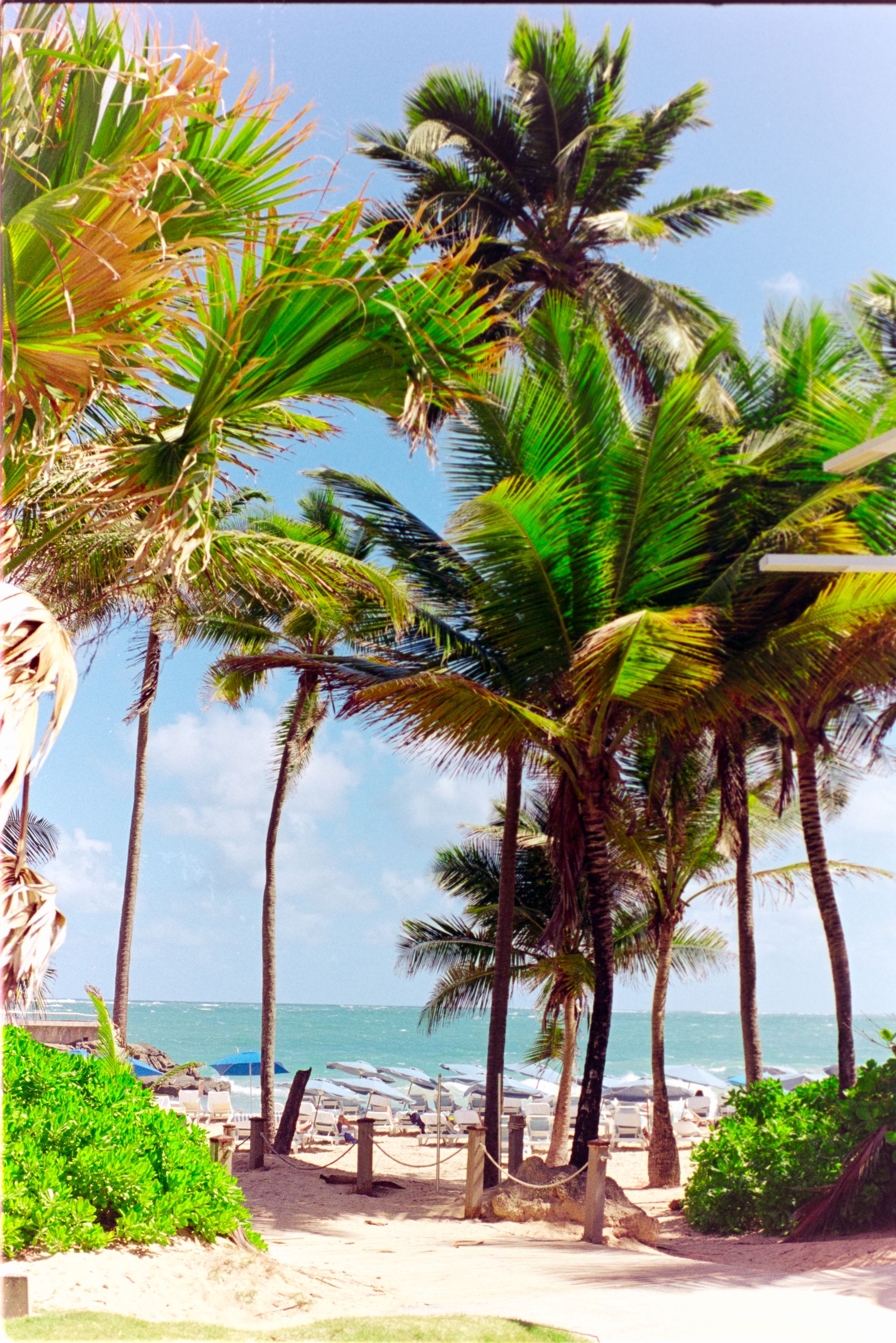
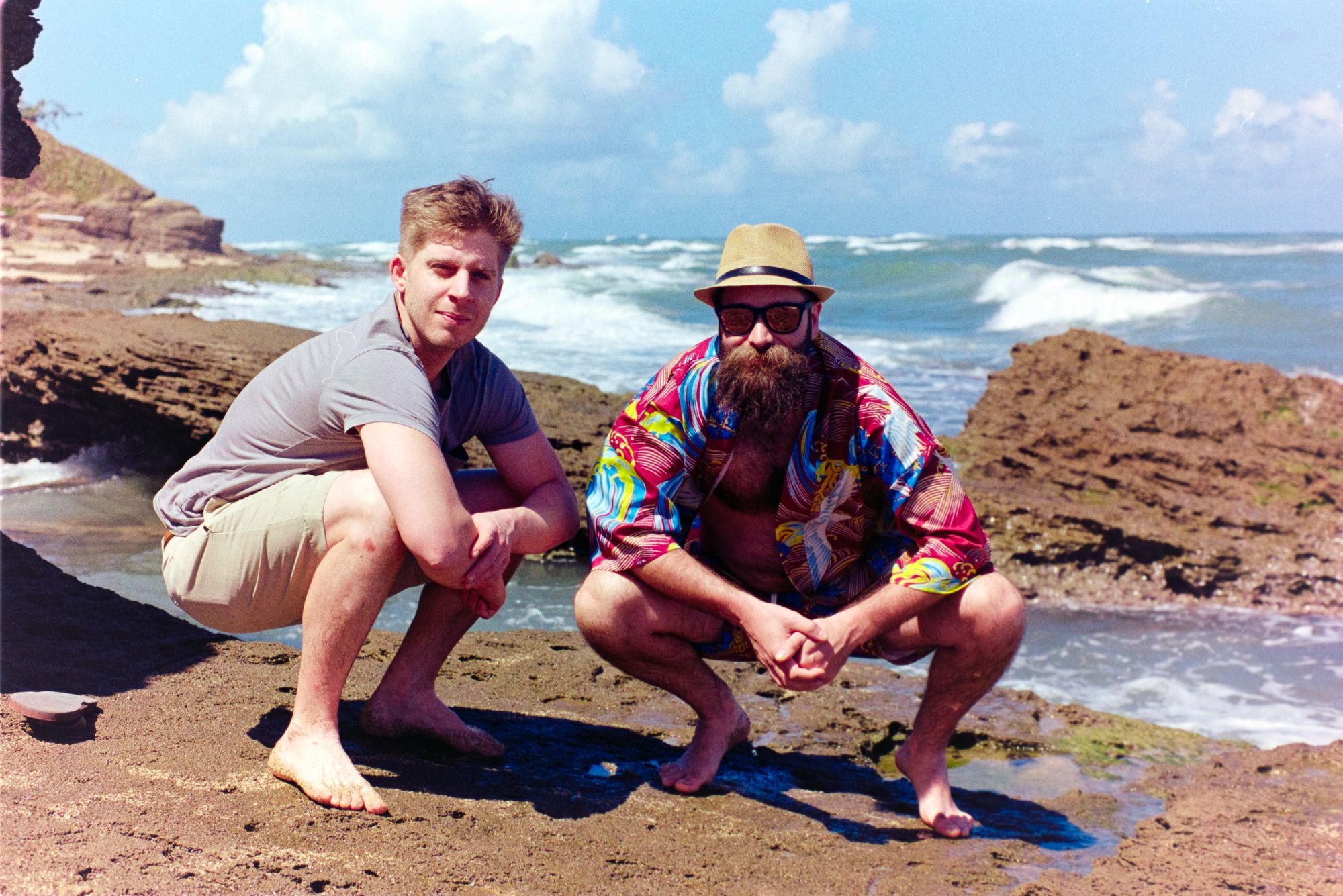
Fuji 200 also rendered the colors of the beaches, sea, and sky in the way that was most pleasing to my eye - the colors that the film produced were what I had envisioned shooting film in the Caribbean would look like when decided to leave my D800 at home. The Condado Beach picture above, in particular, has me excited to bring just my film cameras to Greece when I take a trip with the family later this Summer. Nothing beats a Mediterranean beach!
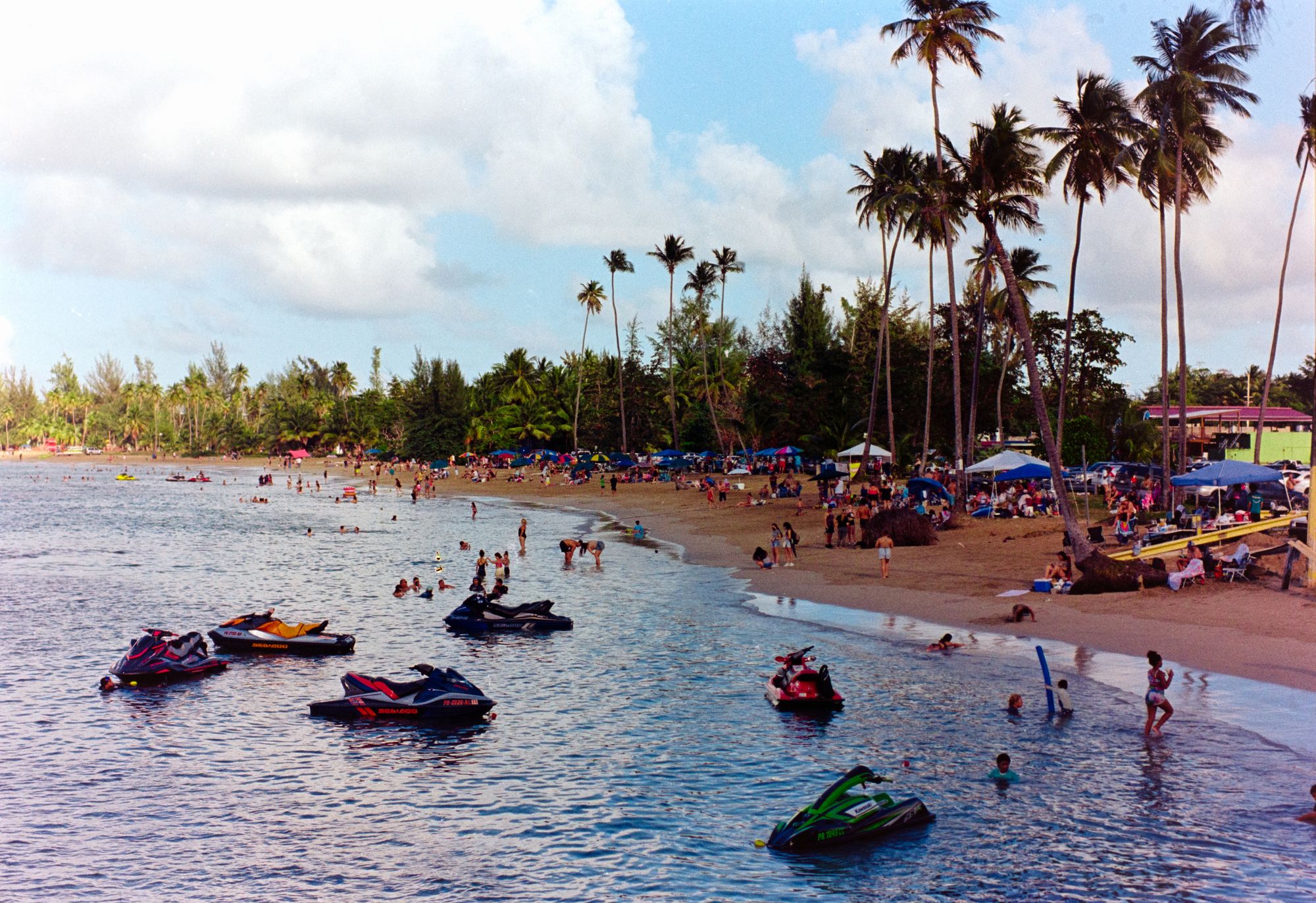
One thing I will have to do before that trip to Greece, however, is to replace the foam light seals on the back of the camera, that have clearly started to deteriorate. I had noticed a red haze around the edges of a lot of my images (mostly ones that were exposed for longer than 1/500 of a second), and I've read that is from light creeping into the back of the camera from the film door.
I also noticed that the 1/2000 exposure setting on the F3 doesn't always properly expose the full frame, though, I won't be too angry at the camera for that. After all, it is from 1980, and has never been serviced from the time it was purchased. In fact, I just pulled the thing out of storage, briefly cleaned the dust out of it, popped a new battery in, and started shooting with it again. I'm honestly surprised it still functioned perfectly. So, here are some of those pictures that didn't quite expose properly, or have red light bleed from the back of the camera, but that I still like:
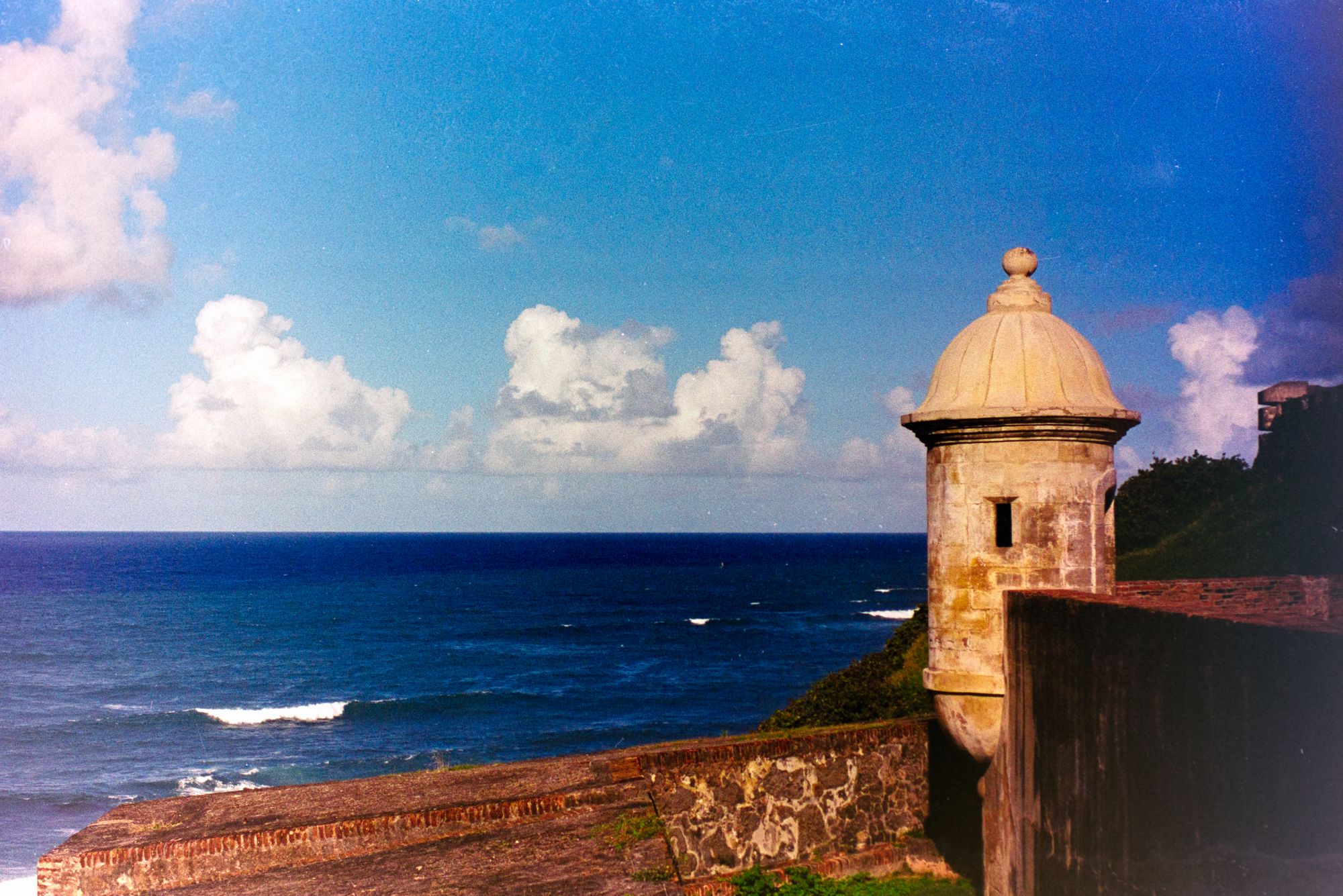
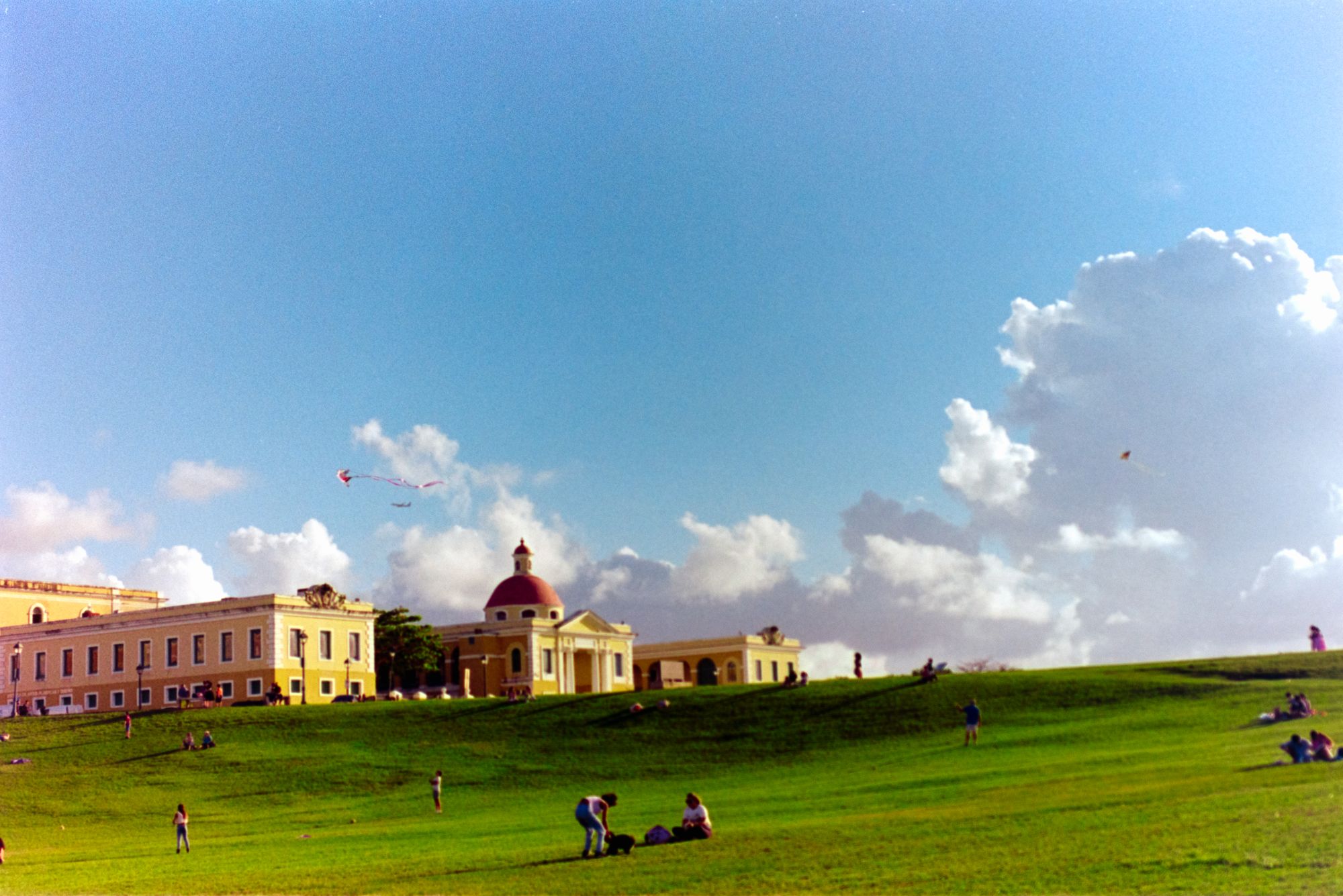
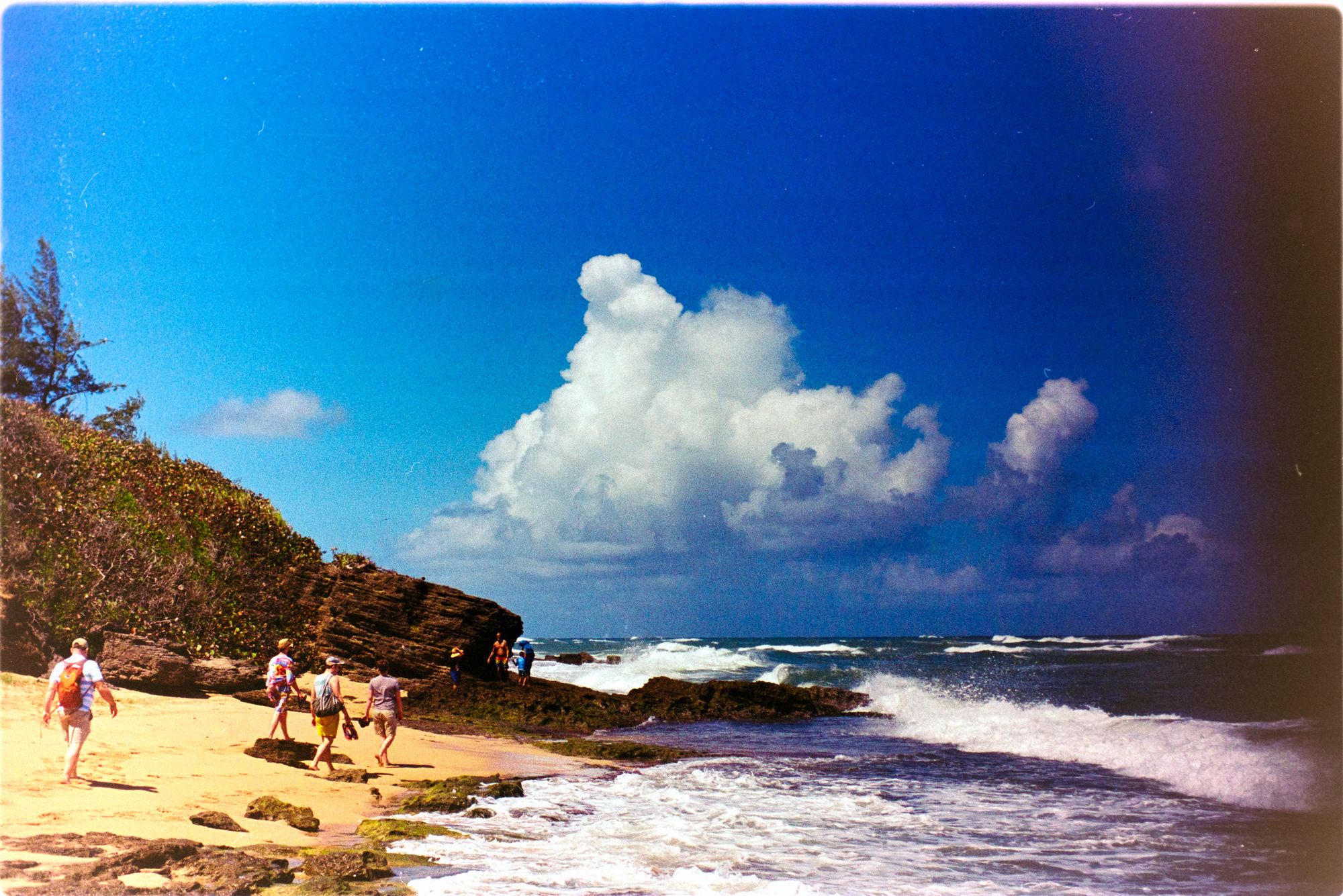
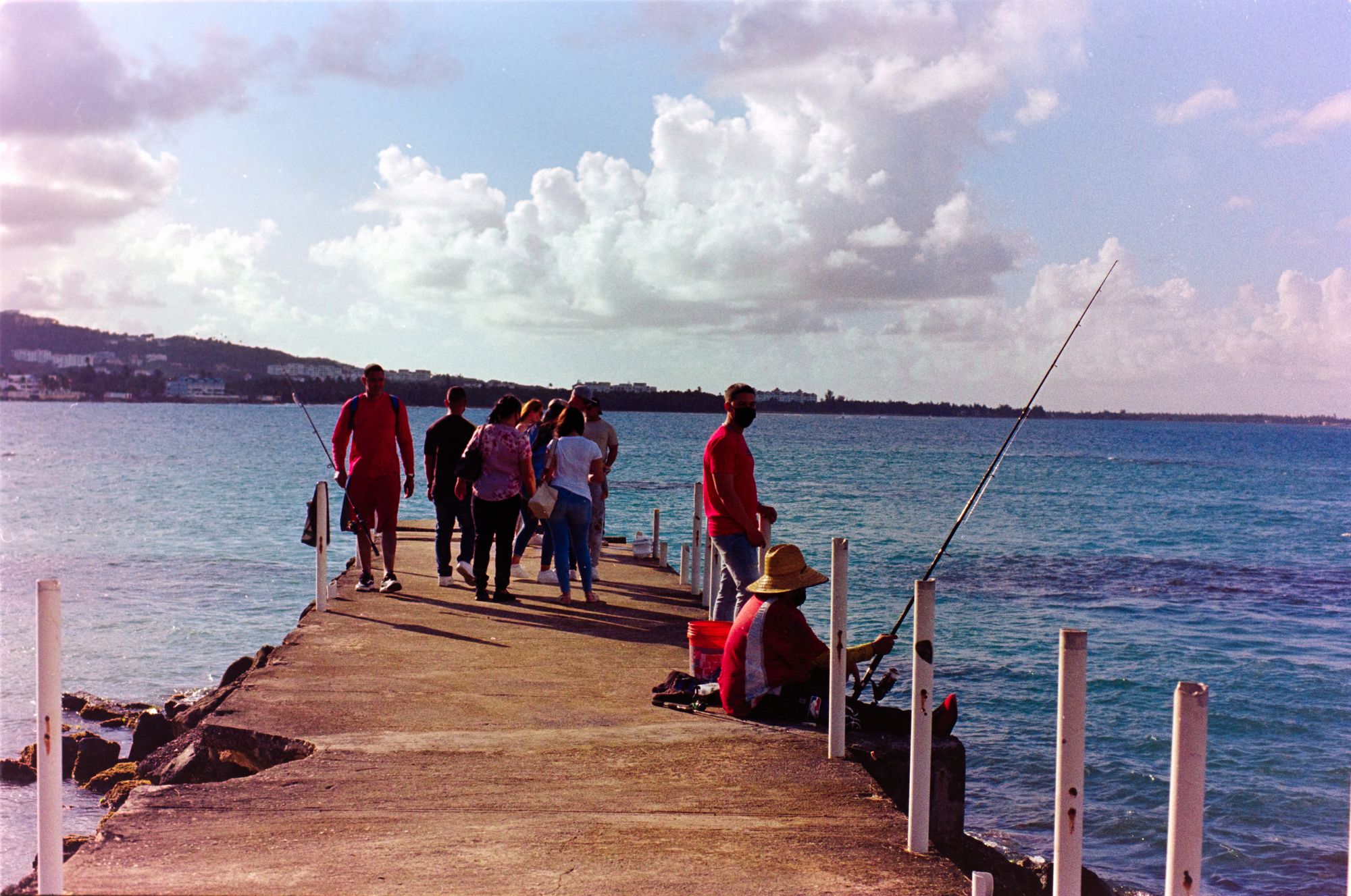
And that's all for this post. Next up, I'll be sharing my pictures from Vieques, with Kodak Portra 160, and Cinestill 50D. Thanks for reading this far, and hope to see you back for another post in the future!
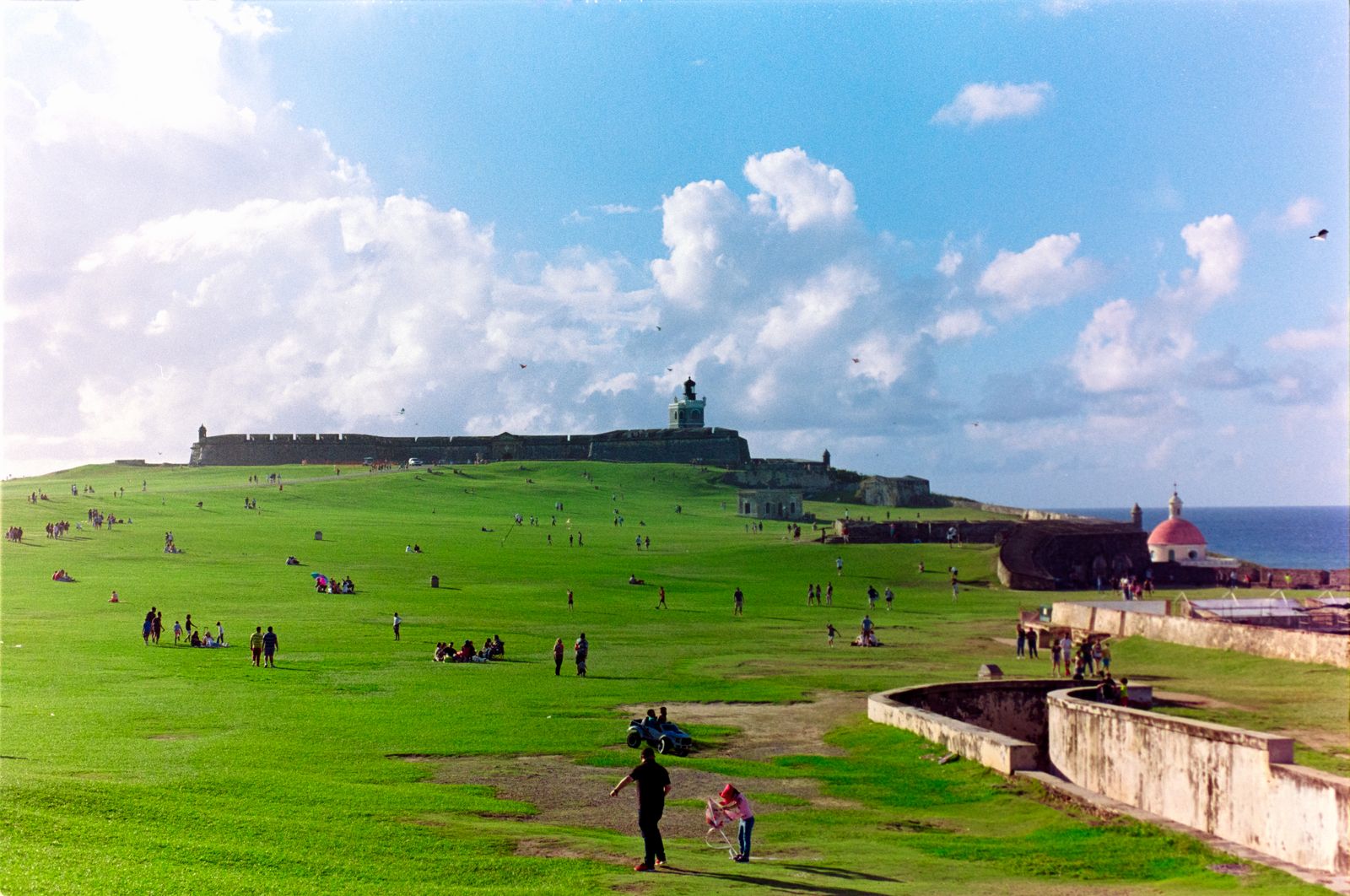
Member discussion